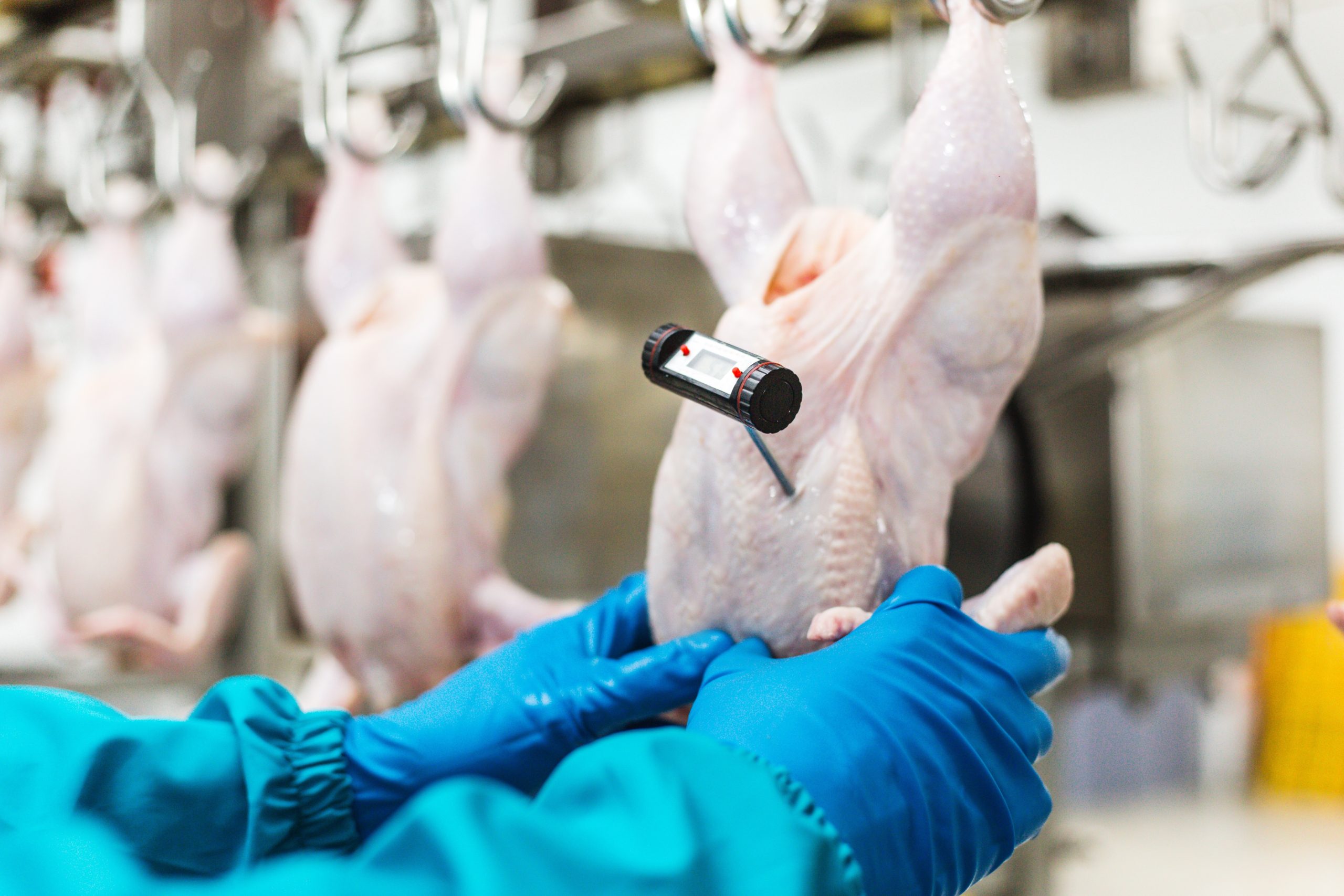U.S. meat processing facilities are emerging as regional epicenters for the COVID-19 pandemic according to recent media reports. Rates of infection in areas surrounding the country’s largest beef, pork, and poultry processing plants are higher than 75% of U.S. counties, according to analysis conducted by USA TODAY and the Midwest Center for Investigative Reporting.
Thousands of employees working in close proximity, a shortage of protective gear, and complacent management have been cited among the possible causes for these workplace outbreaks. But recent research conducted by Weather Source, academic teams, and other organizations may point to the temperature of meat processing facilities as another potentially significant reason.
As outlined in our March 13 blog post: “Many experts believe colder temperatures and lower humidity levels could lead to greater COVID-19 viability and weakened immune systems. Therefore, the powerful combination of cold, dry conditions and diminished immune response has the potential to accelerate virus transmission.”
Cooler temperatures in the range of approximately the low 40s to the low 50s (Fahrenheit) appear to be most conducive to COVID-19 transmission, according to many experts. This is the same temperature range at which meat processing plants are required to operate.
According to this document from the Kansas Department of Agriculture, meats should be stored at a maximum of 37°F and processed at a maximum of 50°F. Similarly, this compliance guide on modern poultry slaughter from the U.S. Department of Agriculture designates the maximum internal temperature chicken may reach during the processing timeline as 55° or 60° F, depending on technique, and outlines required refrigeration levels from 36° to 44° F.
Based on the aforementioned research, low temperatures in these climate-controlled environments could be an additional and perhaps even more significant factor than workplace proximity and the shortage of protective gear in causing the rapid spread of COVID-19.
As industry leaders warn that the American food supply chain is being pushed to its limits and race to find solutions, we recommend the temperature of the working environment as another important element to take into consideration.



